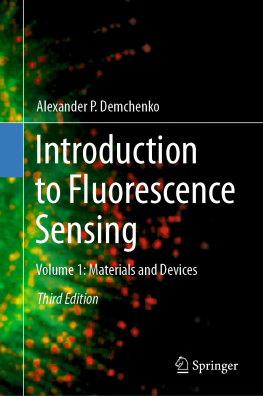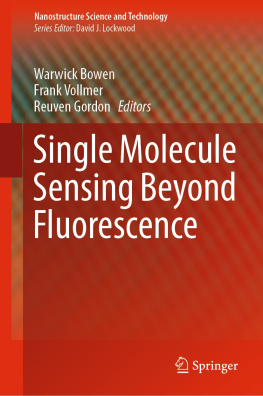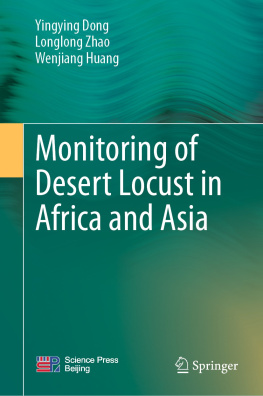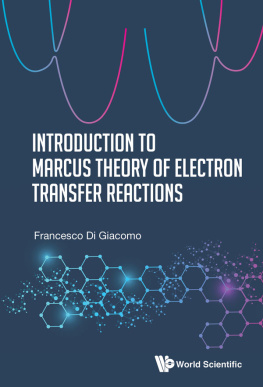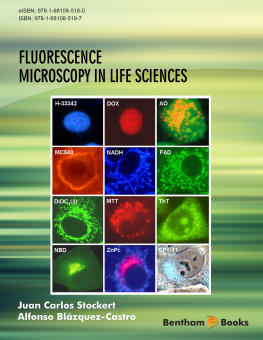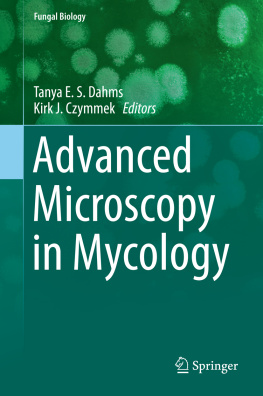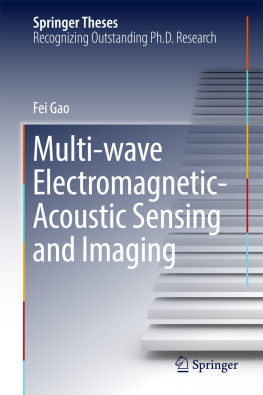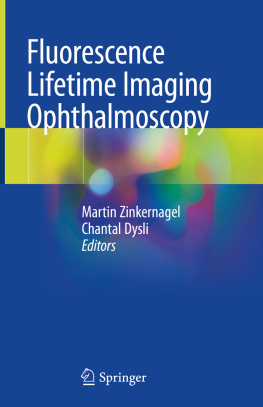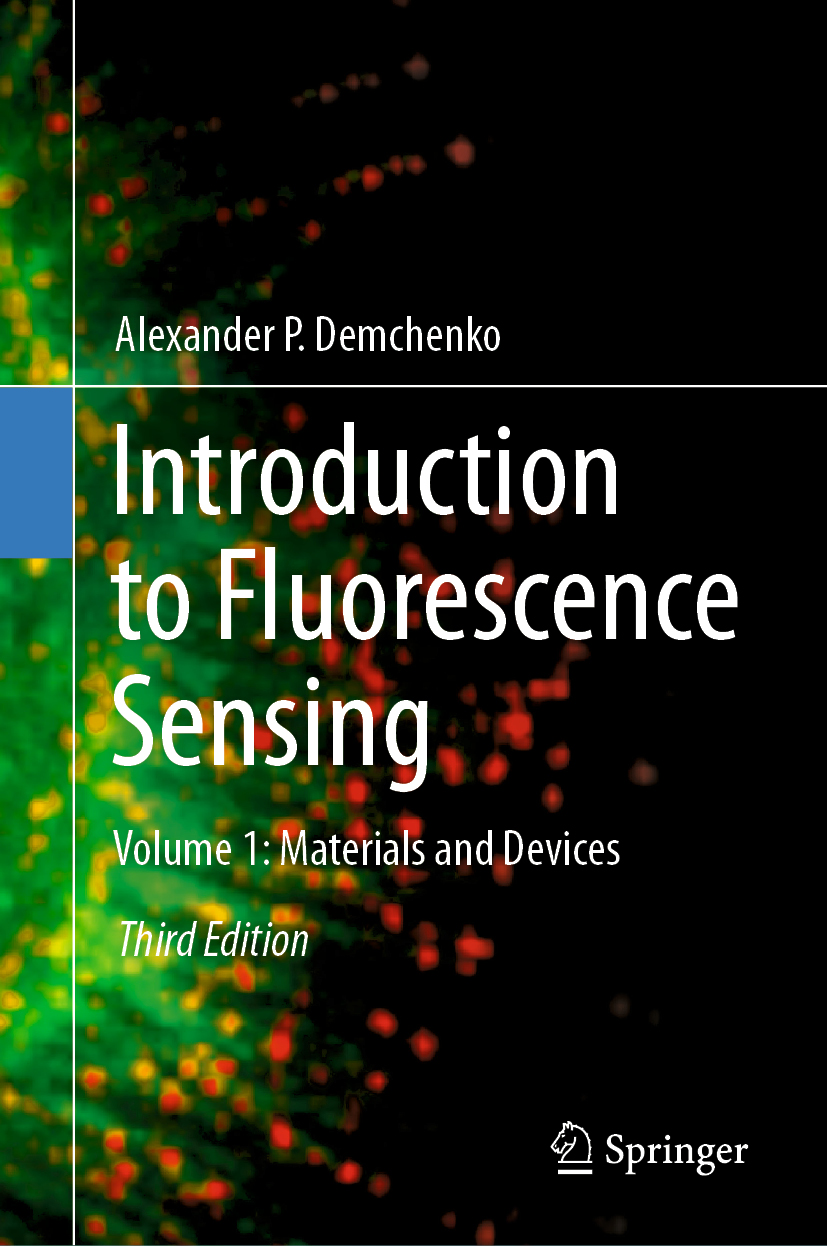Alexander P. Demchenko
Palladin Institute of Biochemistry, National Academy of Sciences of Ukraine, Kyiv, Ukraine
Yuriy Fedkovych National University, Chernivtsi, Ukraine
ISBN 978-3-030-60154-6 e-ISBN 978-3-030-60155-3
https://doi.org/10.1007/978-3-030-60155-3
Springer Nature Switzerland AG 2020
This work is subject to copyright. All rights are reserved by the Publisher, whether the whole or part of the material is concerned, specifically the rights of translation, reprinting, reuse of illustrations, recitation, broadcasting, reproduction on microfilms or in any other physical way, and transmission or information storage and retrieval, electronic adaptation, computer software, or by similar or dissimilar methodology now known or hereafter developed.
The use of general descriptive names, registered names, trademarks, service marks, etc. in this publication does not imply, even in the absence of a specific statement, that such names are exempt from the relevant protective laws and regulations and therefore free for general use.
The publisher, the authors and the editors are safe to assume that the advice and information in this book are believed to be true and accurate at the date of publication. Neither the publisher nor the authors or the editors give a warranty, expressed or implied, with respect to the material contained herein or for any errors or omissions that may have been made. The publisher remains neutral with regard to jurisdictional claims in published maps and institutional affiliations.
This Springer imprint is published by the registered company Springer Nature Switzerland AG
The registered company address is: Gewerbestrasse 11, 6330 Cham, Switzerland
Preface
The field of chemical and biological sensing is immense. It is nearly the whole world of natural and synthetic compounds that have to be analyzed in a broad variety of conditions and for a broad variety of purposes. In the human body, we need to detect and quantify virtually all the genes (genomics) and the products of these genes (proteomics). We need to know how they interact performing their functions (interactomics). In our surrounding there is a need to analyze a huge number of compounds including millions of newly synthesized products. Among them, we have to select potentially useful compounds (e.g. drugs) and discriminate those that are inefficient and harmful. No less important is to control agricultural production and food processing. There is also a practical necessity to provide control in industrial product technologies, especially in those that produce pollution. Permanent monitoring is needed to maintain safety of our environment. Protection from harmful microbes, clinical diagnostics and control of patient treatment are the key issues of modern medicine. New problems and challenges may appear with the advancement of human society in the XXI century. We have to be ready to meet them.
Modern society needs the solution of these problems on the highest possible scientific and technological level. The science of intermolecular interactions is traditionally a part of physical chemistry and molecular physics. Now it becomes a strongly requested background for modern sensing technologies. The most specific and efficient sensors are found in the biological world, and the sensors based on biomolecular recognition (biosensors) have gotten a strong impulse for development and application. A strong move is observed for improving them by endowing new features or even by making their fully synthetic analogs. Modern optics and electronics make their own advance in providing the most efficient means for supplying the input and output signals and now become oriented at satisfying the needs of not only researchers but also a broad community of users.
This book is focused on one sensing technology, which is based on fluorescence. This is not only because of limited space or limited expertise of the present author. Indeed, fluorescence techniques are the most sensitive; their sensitivity reached the absolute limit of single molecules. They offer very high spatial resolution; that with overcoming the light diffraction limit has reached molecular scale. They are also the fastest; their response develops on the scale of fluorescence lifetime and can be as short as 1081010 s. But their greatest advantage is versatility. Fluorescence sensing can be provided in solid, liquid and gas media and at all kinds of interfaces between these phases. It is because the fluorescence reporter and the detecting instrument are connected via light emission, fluorescence detection can be made non-invasive and equally well suited for remote industrial control and for sensing different targets within the living cells. All these features explain the high popularity of fluorescence sensing.
The fascinating field of fluorescence sensing needs new brains. Therefore the book is primarily addressed to students and young scientists. Together with basic knowledge, they will get an overview of different ideas in research and technology and guide to their own creative activity. Providing a link between basic sciences needed to understand the sensor performance and frontier of research, where new ideas are explored and new products developed, the book will make a strong link between research and education. For the active researcher it will also be a source of useful information in nearly all areas where fluorescence sensing is used.
After the publication of previous edition of this book, a tremendous progress is observed in all fields of research, development and application related to its subject. In order to follow this progress, in a new 3rd edition a number of changes and additions has been made. The present edition is separated into two volumes. The first volume is focused on basic principles of operation of fluorescence sensors and on technologies that were developed to use them. In comparison with previous edition, the correspondent chapters were upgraded and new sections introduced. Particularly, new sections appear describing the dye-doped nanostructures and nanocrystals with new properties. Special chapters are devoted to carbonic nanostructures, plasmonic effects and multimodal nanocomposites. Prospects for applications of novel methods and materials, particularly for single-molecular sensing, are discussed in the last chapter. All other chapters were revised with the addition of new information, new illustrations and new points of discussion. Each chapter is terminated by the section Sensing and thinking, in which, after a short summary, a series of questions and exercises is suggested to the reader. The second volume overviews the molecular and supramolecular receptors in sensor design and various applications, including biological imaging.
Thus, this book is organized with the aim to satisfy both curious student and busy researcher.
Enjoy your reading.
Alexander P. Demchenko
Kyiv, Ukraine
July 2020

